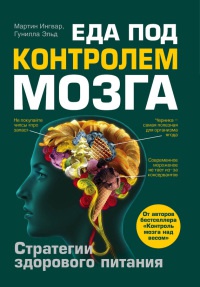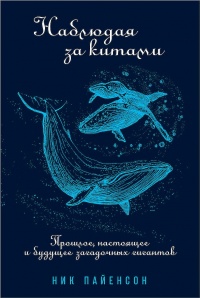Книга Еще кусочек! Как взять под контроль зверский аппетит и перестать постоянно думать о том, что пожевать - Дэвид Кесслер
На нашем литературном портале можно бесплатно читать книгу Еще кусочек! Как взять под контроль зверский аппетит и перестать постоянно думать о том, что пожевать - Дэвид Кесслер полная версия. Жанр: Книги / Домашняя. Онлайн библиотека дает возможность прочитать весь текст произведения на мобильном телефоне или десктопе даже без регистрации и СМС подтверждения на нашем сайте онлайн книг knizki.com.
Шрифт:
-
+
Интервал:
-
+
Закладка:
Сделать
Перейти на страницу:
Перейти на страницу:
Внимание!
Сайт сохраняет куки вашего браузера. Вы сможете в любой момент сделать закладку и продолжить прочтение книги «Еще кусочек! Как взять под контроль зверский аппетит и перестать постоянно думать о том, что пожевать - Дэвид Кесслер», после закрытия браузера.
Книги схожие с книгой «Еще кусочек! Как взять под контроль зверский аппетит и перестать постоянно думать о том, что пожевать - Дэвид Кесслер» от автора - Дэвид Кесслер:
Комментарии и отзывы (0) к книге "Еще кусочек! Как взять под контроль зверский аппетит и перестать постоянно думать о том, что пожевать - Дэвид Кесслер"
























